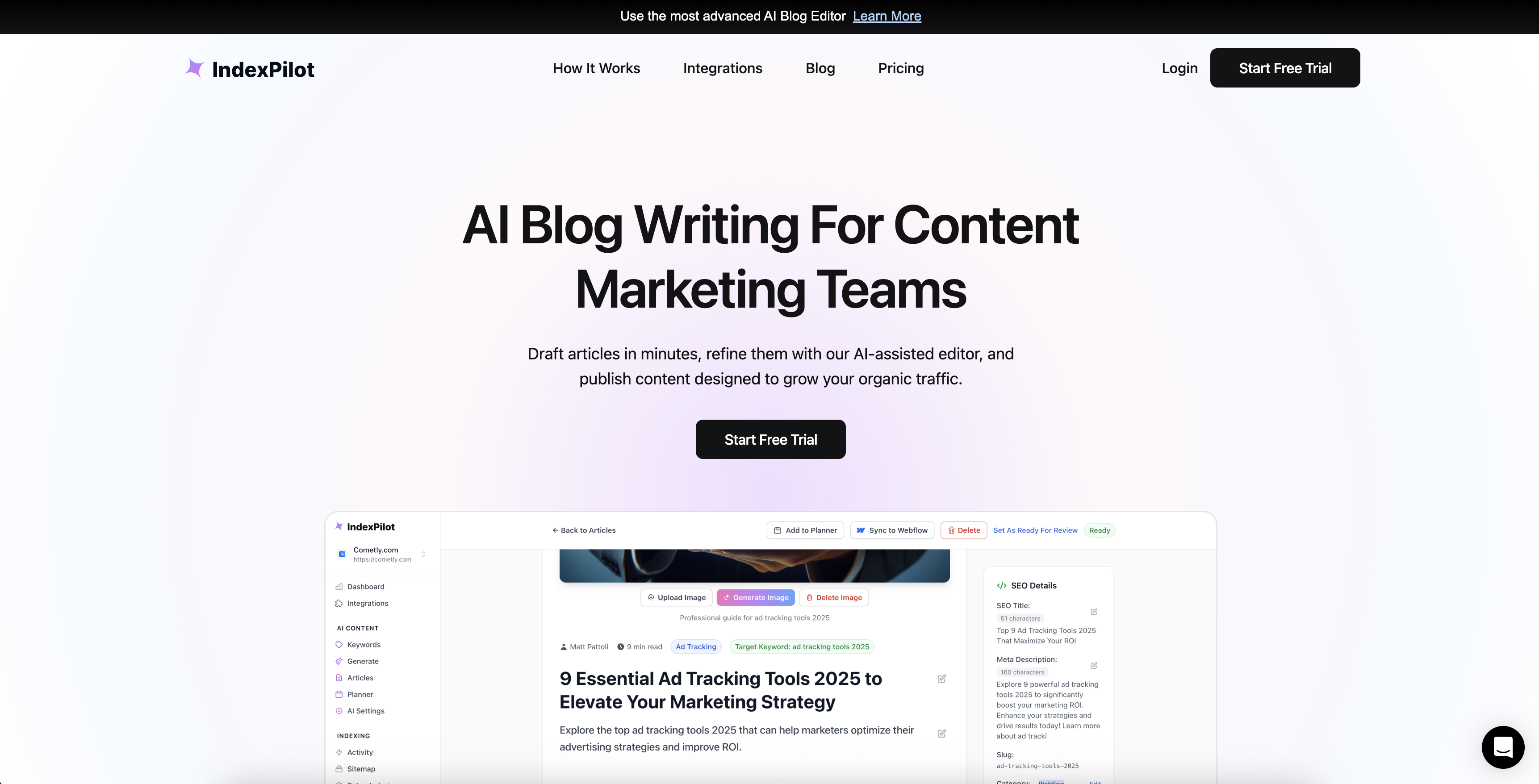In the world of digital advertising, attention is the currency—and copy is what earns it. With AI tools becoming a staple in marketers' toolkits, writing ad copy has never been faster. But speed doesn’t always equal results. The real challenge? Making AI ad copy that performs.
This article explores how to actually write effective AI-generated ad copy that resonates, stops the scroll, and drives clicks.
Before you even prompt an AI to generate copy, clarify your intent.
These answers drive your tone, length, and structure. AI needs direction. Generic prompts create generic copy. Great AI ad copy starts with a great brief.
🔗 If you’re looking to improve ad performance beyond just copy, check out 30 Tips To Improve Ad Performance
Treat AI like a junior copywriter. Your prompt is the brief.
Bad prompt:
“Write an ad for running shoes.”
Great prompt:
“Write 3 Facebook ads for a $100 lightweight running shoe. Target 30–45-year-old men training for their first marathon. Focus on comfort and foot support.”
Want even better results? Include examples of your brand voice or high-performing past ads in your prompt.
AI is fast—but it needs to know when in the funnel your prospect is.
If you’re automating ad copy with AI, label each variant with its funnel stage and test accordingly.
🧠 Need help segmenting your marketing efforts? Here’s how to build a solid Customer Acquisition Funnel
AI is incredible at creating variations—not always the polished final copy. Use it to:
Then, edit ruthlessly. Combine the best elements, cut the fluff, and align with your brand voice.
The most powerful ad copy is specific. AI doesn’t inherently know your business metrics, customer reviews, or unique product stats—so give it those inputs.
Examples of useful details to feed into your prompt:
This transforms AI copy from generic to persuasive.
🔗 Learn how to use your own data to track performance inside your Marketing Analytics Dashboard
One overlooked tactic? Use AI to replicate your brand tone.
Take your highest-converting past ads and use this prompt:
“Analyze this ad and describe the tone, structure, and messaging style.”
Then prompt AI:
“Write 5 new Facebook ad variants in this exact tone and format.”
It works shockingly well—and keeps your brand voice consistent even at scale.
Each ad platform has its quirks:
When using AI to generate copy, always specify the platform in the prompt.
🔗 Running LinkedIn ads? Here’s a deep dive on LinkedIn Ad Benchmarks
AI makes it easy to test headline variations—but great marketers go deeper.
Use AI to test:
Each micro-copy variation can influence performance. Use ad analytics to test results, then feed high-performers back into your AI prompts to scale what works.
Even if your copy is 90% AI-generated, the last 10% must be human-edited. Look out for:
Read it aloud. Does it sound like a person wrote it? If not—edit until it does.
Need guidance turning AI insights into action? Explore how to leverage Ad Creative Insights to improve future campaigns.
Use IndexPilot to draft AI articles in minutes to rank for specific keywords.

AI can accelerate the ad copywriting process, but it can’t replace human instinct, brand knowledge, or strategic thinking. It’s a tool—not a shortcut.
When used properly, AI can generate ad copy that grabs attention, resonates with your target audience, and improves conversion performance. The secret? Treat it like a partner, not a robot. Want to track every interaction from first click to final conversion? A digital marketing strategy that tracks users across the web is essential for that level of insight.
Even the best AI ad copy won’t perform if your tracking is broken. Cometly helps ensure your ads are backed by accurate conversion data, so you know exactly what’s working—and what’s not.
👉 Start your free trial of Cometly and make every word of your ad copy count.
Cometly gives you:
Make better marketing decisions with accurate data. Try Cometly free today.
Learn how Cometly can help you pinpoint channels driving revenue.
.svg)
Network with the top performance marketers in the industry